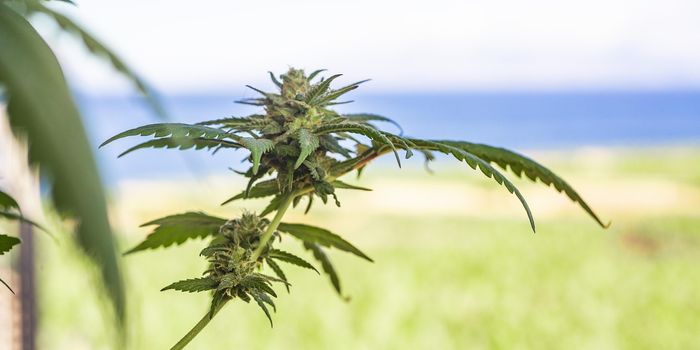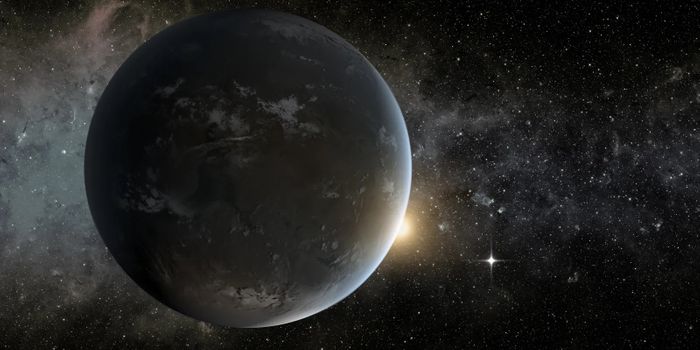The fate of Greenland
A series of studies published within the last two months highlight the concern that previous estimates regarding the state of the planet’s warming were too conservative. The most recent in the series depicts the tale of a melting Greenland – and how Greenland’s fate is undoubtedly intertwined with our global fate. Published in the Proceedings of the National Academy of Sciences, the study from Ohio State University scientists suggests that Greenland is melting at a much faster rate than previously thought and also in a different region.
It has been thought that Greenland's iceberg-calving glaciers are typically in the southeast and northwest. However, this study illuminates that the most consistent ice loss between 2003 and 2012 actually occurred in the southwest region, which until now had not been an area of much investigation.
As for the cause of the melting – now that’s where the conundrum appeared. “Whatever this was, it couldn’t be explained by glaciers, because there aren’t many there,” explained lead author Michael Bevis, a professor of geodynamics at The Ohio State University. “It had to be the surface mass—the ice was melting inland from the coastline.”
"We knew we had one big problem with increasing rates of ice discharge by some large outlet glaciers," Bevis said. "But now we recognize a second serious problem: increasingly, large amounts of ice mass are going to leave as meltwater, as rivers that flow into the sea."
And what do those large ice masses flowing into the sea mean for the rest of the planet? "We're going to see faster and faster sea level rise for the foreseeable future," continued Bevis in a press release. "Once you hit that tipping point, the only question is: How severe does it get?"
Bevis and his team relied on GPS data and satellite data from Gravity Recovery and Climate Experiment (GRACE), a project that tracks Greenland’s ice loss. Their analyses determined that Greenland lost 280 gigatons of ice each year from 2002-2016. Every year this accounted for an additional 0.03 inches of water flowing into the world's oceans. Why other scientists caution about using language such as “tipping point,” there is no question that the rate of melting Greenland is experiencing is unprecedented.
Sources: EcoWatch, The New York Times, The Ohio State University









